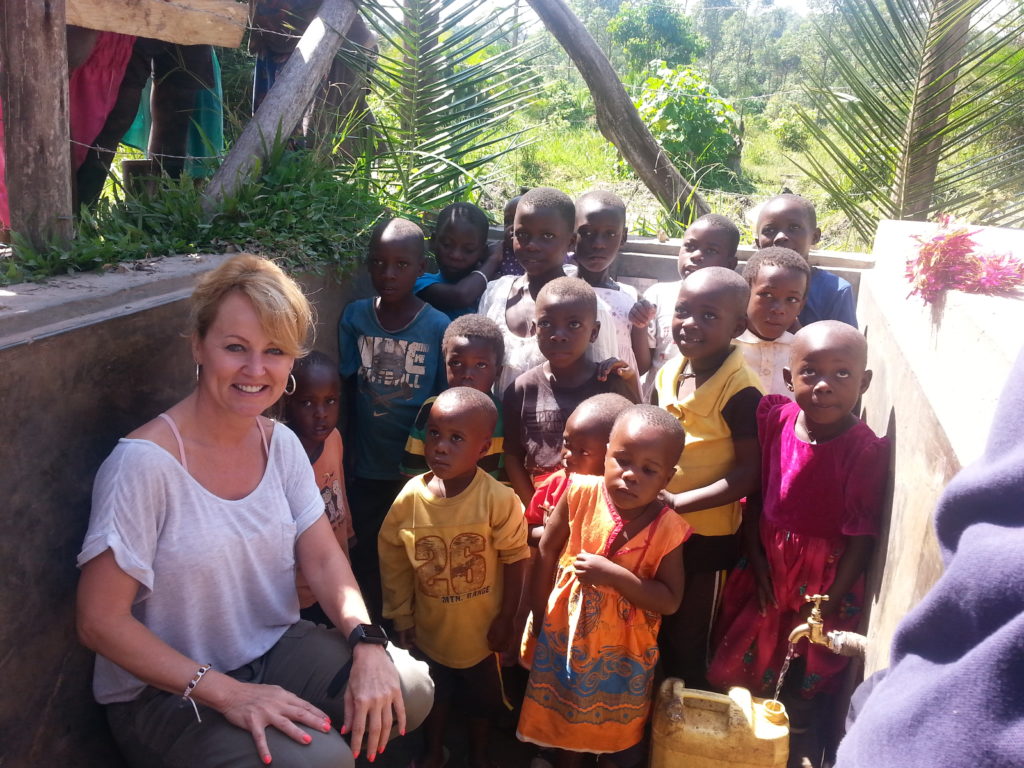
After departing from Ethiopia, we traveled to Uganda to visit water projects with our two partners, Mityana Uganda Charity and International Lifeline Fund. We may had set a record for the number of projects visited on a single day which was from 7 to 10 projects.
The question that came up several times this trip was how does Ethiopia compare to Uganda? The most obvious answer is the people. I can now recognize someone from Ethiopia almost immediately. They are slight in stature, have high foreheads, very round eyes and chiseled cheekbones. They are also much lighter skinned as a result of middle east/Arab influence. I observe the difference as soon as I land in the Entebbe airport. Ugandans are very dark and larger physically.
The landscape is the next thing I see and feel. In the northern part of Ethiopian, the landscape is mountainous and very brown, covered with rocks and the vegetation is mostly cacti and the flat topped acacia tree. The air is so dry, I’m certain mummies could survive in tact. It is hot and what you might think of as typical African weather. Uganda is very green. I think I could easily be in Jamaica. It is lush and humid, but also hot.
Something else that always interests me is the mode of transport and transportation. In Ethiopia, the donkey is truly the
beast of burden. Camels are also used to transport items, but mostly, people walk. They also use the three wheeled tuk tuks which are decorated with posters, fake grass, eyelashes on the headlights and any number of interesting attire. In Uganda, the bicycle and boda boda (motorcycles) rule. I’ve witnessed the following items on motorcycles, chickens, four people at once, a huge box of eggs, a mattress, sugarcane, jerry cans, a platform of goats and any number of household items and produce. I’ve also witnessed that the bike is used for transportation, but many times it is simply pushed as it is loaded down with goods.
There are other contrasts, but the thing that they both have in common is the need for clean, accessible, safe drinking water. The villagers always express their gratitude and thankfulness for the gift of water, but many times they remind us that their neighbors need a well. My response is, “Water to Thrive will continue working to provide villagers clean water as long as their is a need”.
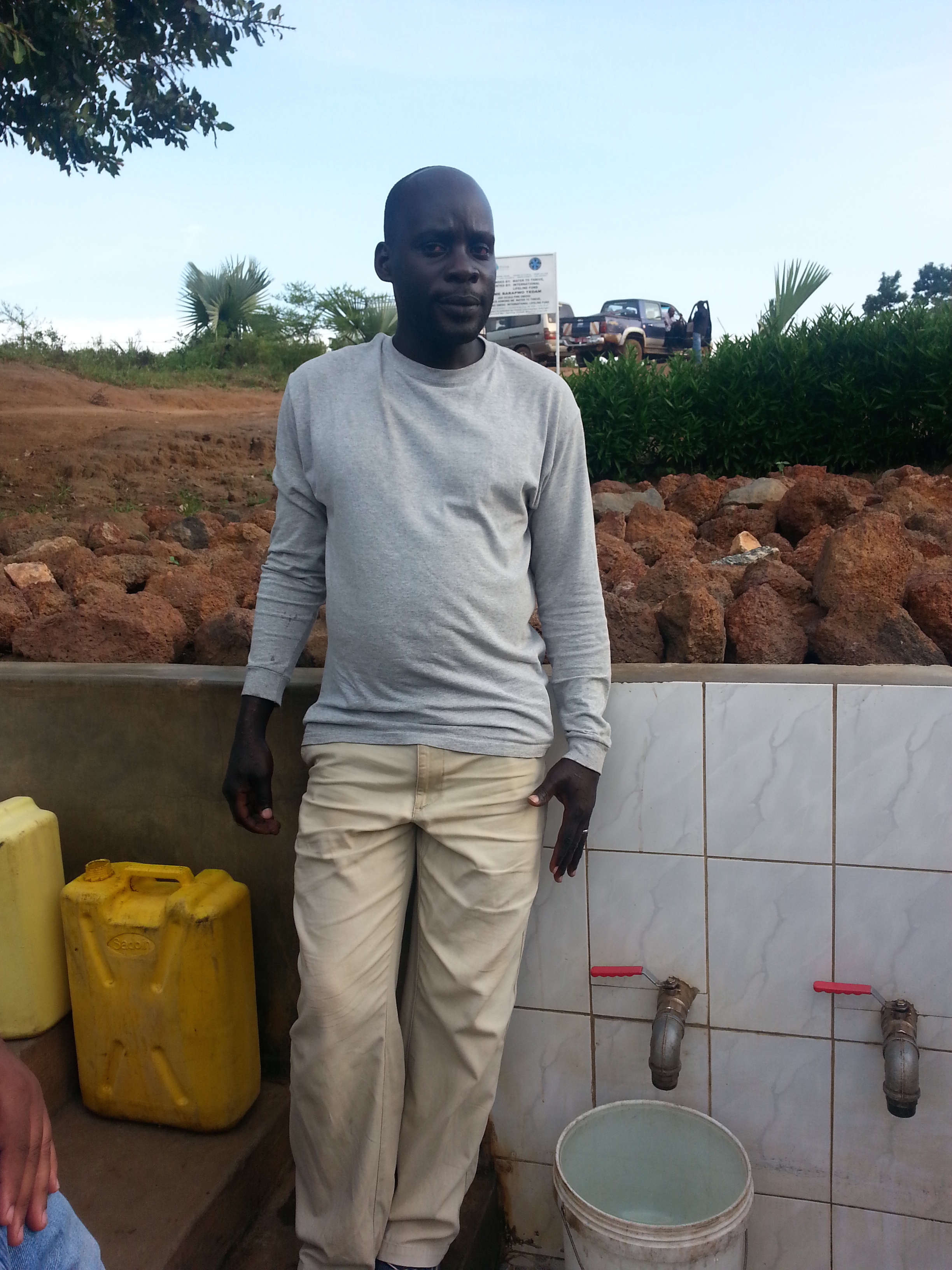
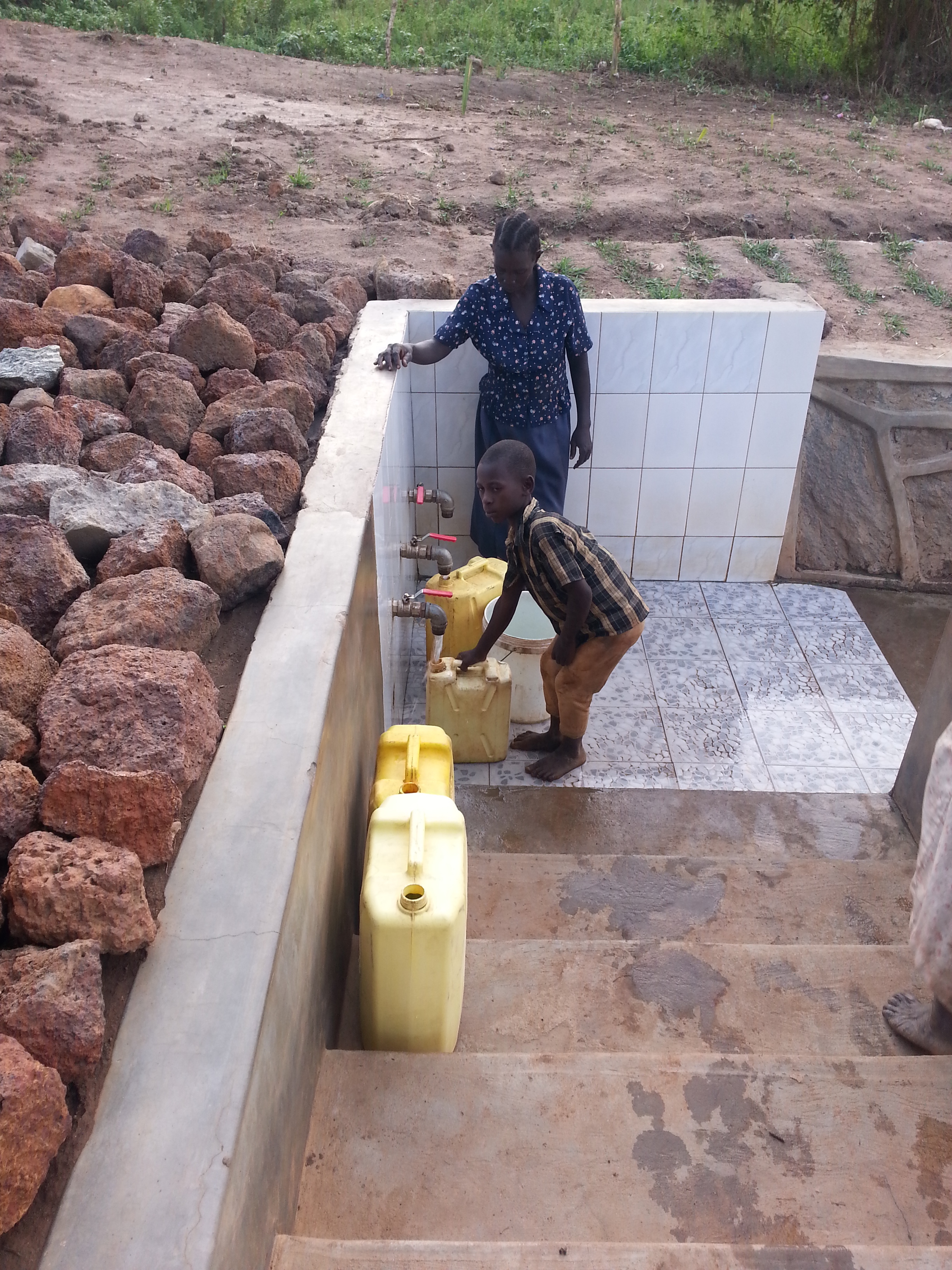
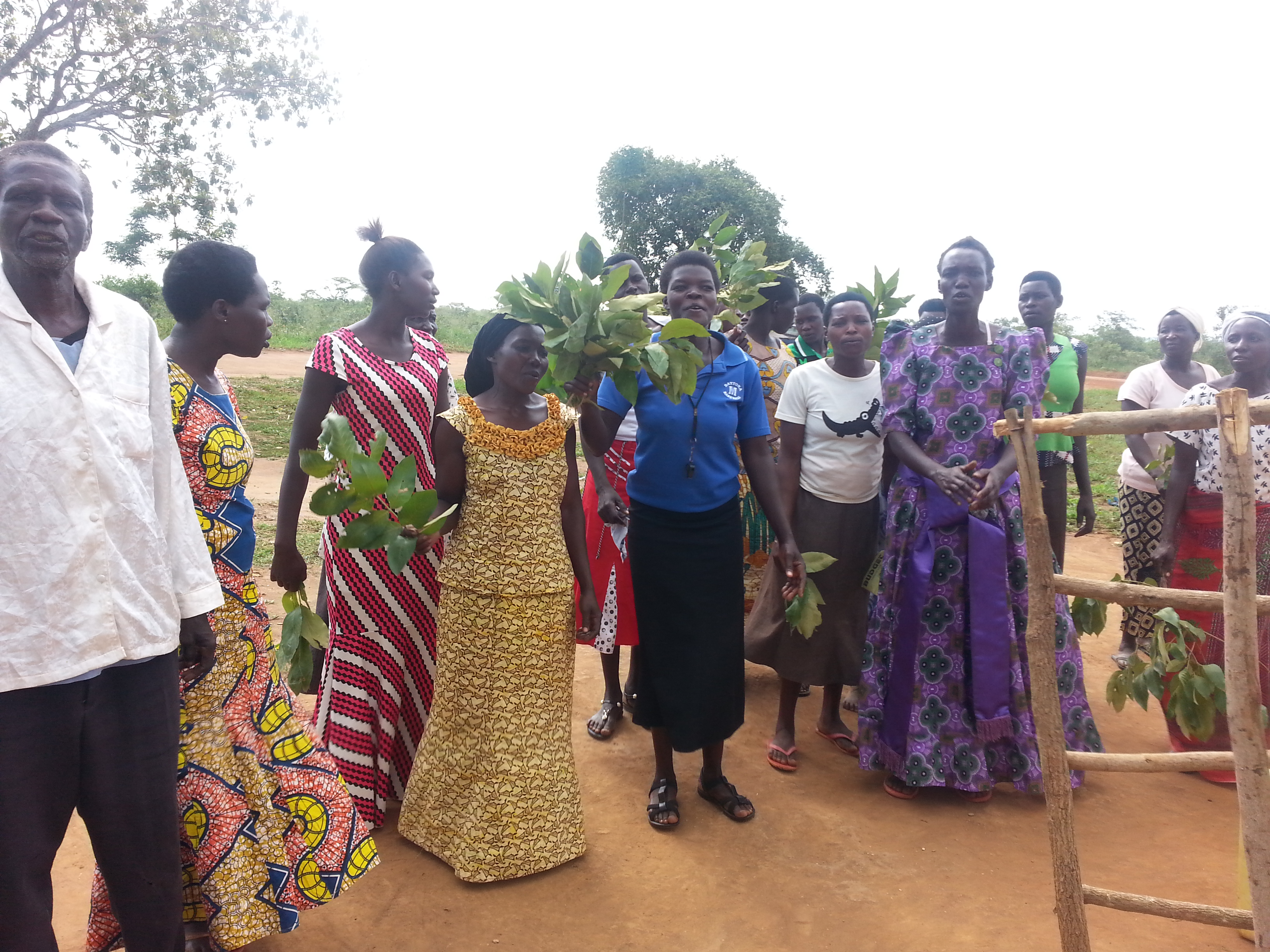
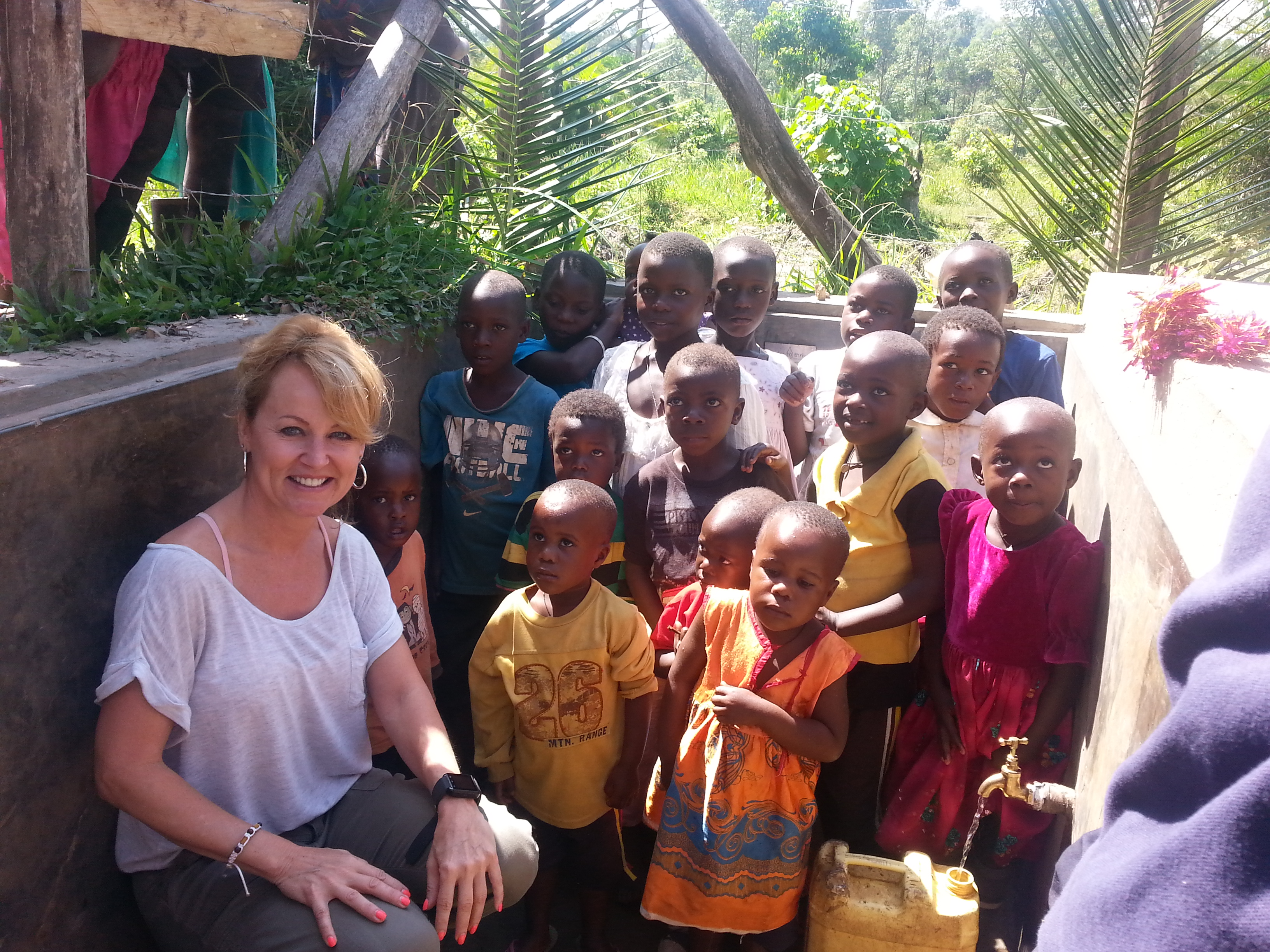
After departing from Ethiopia, we traveled to Uganda to visit water projects with our two partners, Mityana Uganda Charity and International Lifeline Fund. We may had set a record for the number of projects visited on a single day which was from 7 to 10 projects.
The question that came up several times this trip was how does Ethiopia compare to Uganda? The most obvious answer is the people. I can now recognize someone from Ethiopia almost immediately. They are slight in stature, have high foreheads, very round eyes and chiseled cheekbones. They are also much lighter skinned as a result of middle east/Arab influence. I observe the difference as soon as I land in the Entebbe airport. Ugandans are very dark and larger physically.
The landscape is the next thing I see and feel. In the northern part of Ethiopian, the landscape is mountainous and very brown, covered with rocks and the vegetation is mostly cacti and the flat topped acacia tree. The air is so dry, I’m certain mummies could survive in tact. It is hot and what you might think of as typical African weather. Uganda is very green. I think I could easily be in Jamaica. It is lush and humid, but also hot.
Something else that always interests me is the mode of transport and transportation. In Ethiopia, the donkey is truly the
beast of burden. Camels are also used to transport items, but mostly, people walk. They also use the three wheeled tuk tuks which are decorated with posters, fake grass, eyelashes on the headlights and any number of interesting attire. In Uganda, the bicycle and boda boda (motorcycles) rule. I’ve witnessed the following items on motorcycles, chickens, four people at once, a huge box of eggs, a mattress, sugarcane, jerry cans, a platform of goats and any number of household items and produce. I’ve also witnessed that the bike is used for transportation, but many times it is simply pushed as it is loaded down with goods.
There are other contrasts, but the thing that they both have in common is the need for clean, accessible, safe drinking water. The villagers always express their gratitude and thankfulness for the gift of water, but many times they remind us that their neighbors need a well. My response is, “Water to Thrive will continue working to provide villagers clean water as long as their is a need”.




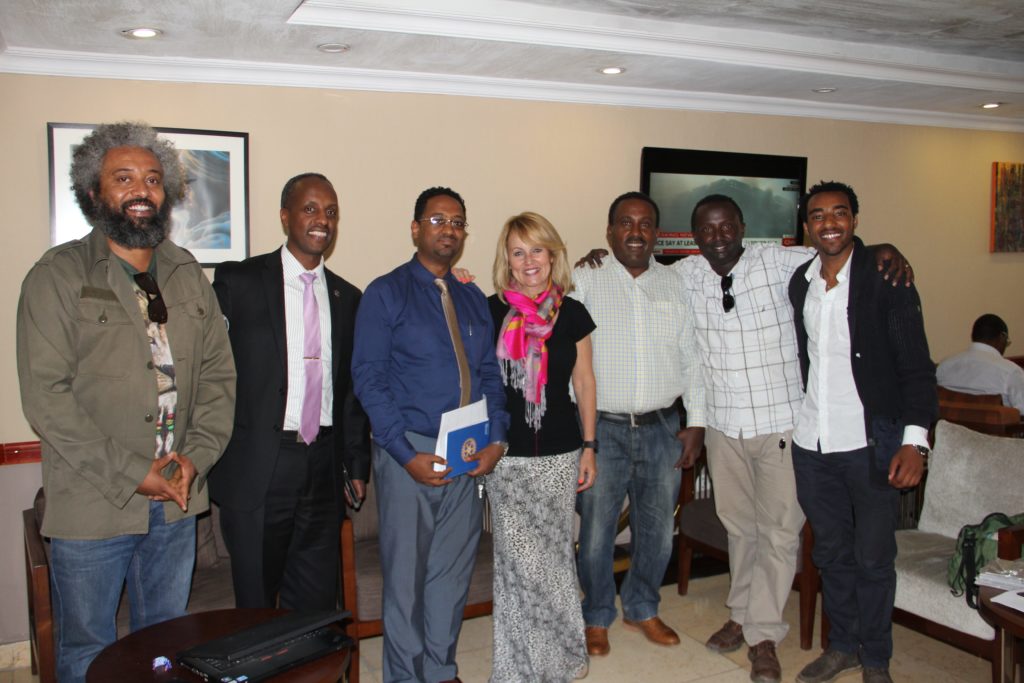
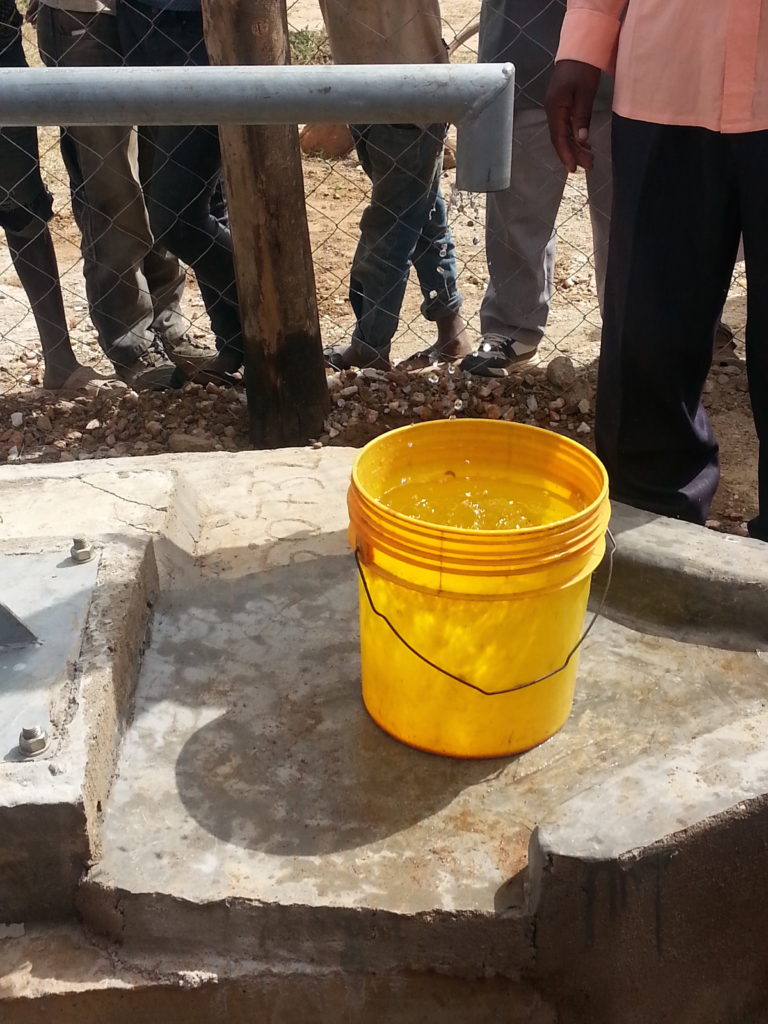
About The Author: Water to Thrive
More posts by Water to Thrive